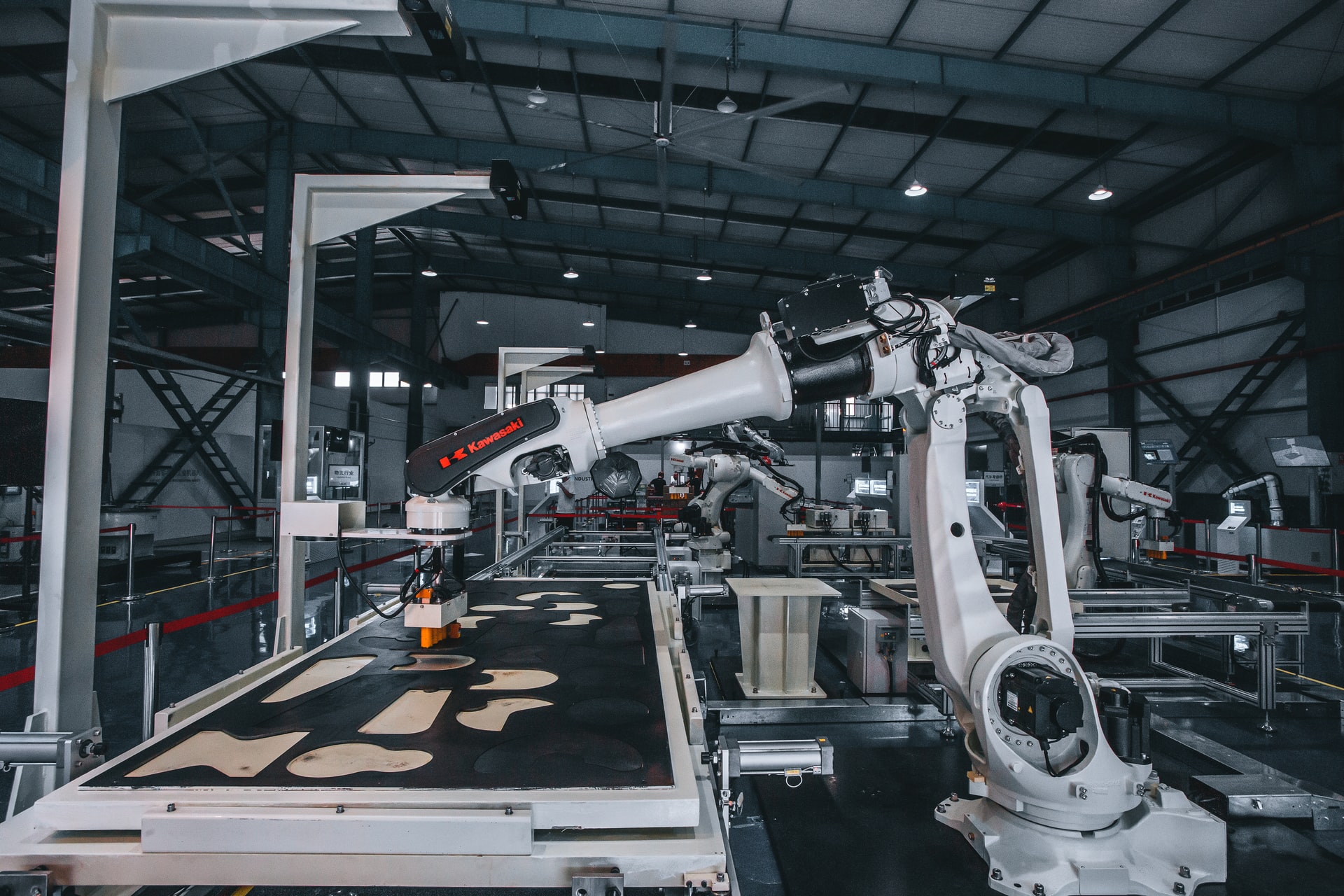Last year saw more robots join the US workforce than ever before. Those deployments coincided with an ongoing labor shortage that has left around 11 million jobs unfilled for half a year now. A thinner pandemic-era workforce continues to ratchet up compensation and, in turn, higher costs compress margins and raise the threat of a wage-price spiral taking hold.
The incentive to for companies to automate operations and employ robotics in their logistics processes is surging, especially with 2021’s productivity gains lagging far behind the rise in unit labor costs. Companies like Waste Management, US Steel, and Checkers & Rally’s Restaurants have begun laying out plans to automate larger portions of their businesses going forward.
Related ETFs: Robo Global Robotics and Automation Index ETF (ROBO), ARK Autonomous Technology & Robotics ETF (ARKQ), Global X Robotics & Artificial Intelligence ETF (BOTZ)
Automation spending is ramping up, likely to become an increasingly critical component of economic growth in years to come. Per Reuters, more robots joined the US workforce last year than ever before. Companies across North America laid out more than $2 billion for almost 40,000 robots in 2021 to help them contend with record demand and a pandemic-fueled labor shortage.
Entrenched Labor Shortage Spurs Need for Productivity
US CEOs say labor shortages are the top threat to their businesses this year, in a survey released by the Conference Board last month. Inflation came in as the number two concern, but each of these issues seem to be increasingly linked to one another.
The most recent JOLTs data from the BLS indicates job openings have been hovering around the 11 million mark (reaching an all-time high of 11.1 million in July) for the last six months. That can be partially chalked up to a thinning of the labor force at both ends. Axios reports there were 3.3 million more retirees in October 2021 when compared to January 2020 and 1.5 million fewer mothers of school-age children actively working versus pre-pandemic levels.
That has resulted in an unprecedented 1.7 open jobs for every unemployed worker. This coincides with a quits rate of over 4 million throughout the same period. Labor Force Participation did increase to 62.2% in January, but that is still well below the 63.4% rate reached prior to the pandemic.
This shortage of labor seems to be entrenched and more severe than any other we have seen in the 21st century. Wages across every industry are surging with the latest average hourly earnings data indicating a 5.7% rise YoY in January, adding to already rampant price pressures and increasing the threat of a wage-price spiral. While BLS data shows unit labor costs increased 3.1% over the last four quarters and hourly compensation increased 5.1%, productivity increased by just 2.0%.
Employing robotics and automation technologies has been the suggested solution to rising employment costs for many years, but this latest labor crisis may finally be bad enough to incentivize rapid adoption across all sectors of the economy.
Inundated by Inventory, Warehouse Tech Becomes Essential
Warehouses have been a major sandbox for the rollout of robotics and automation and continue to present an environment where these technologies can thrive. Early on in the pandemic, MRP highlighted just how essential deploying automation technologies would be to overcoming COVID-19, and now the need for automation in these spaces may be more critical than ever.
As the Wall Street Journal wrote in December, the US national average vacancy rate fell to 3.6% in Q3, down from 4.3% the year before, and the lowest level in data going back to 2002. CBRE Group data shows lease prices for industrial spaces up by about 25% when compared to the rates of five-year leases that expired this year.
The LMI Logistics Managers Index reading for January indicated inventory grew the most since early 2018. Further, the index of warehousing capacity…
To read the complete Market Insight, current clients SIGN IN HERE For a free trial, or to subscribe and become an MRP client today, START A FREE TRIAL Once you’re logged in, you’ll also gain access to:










